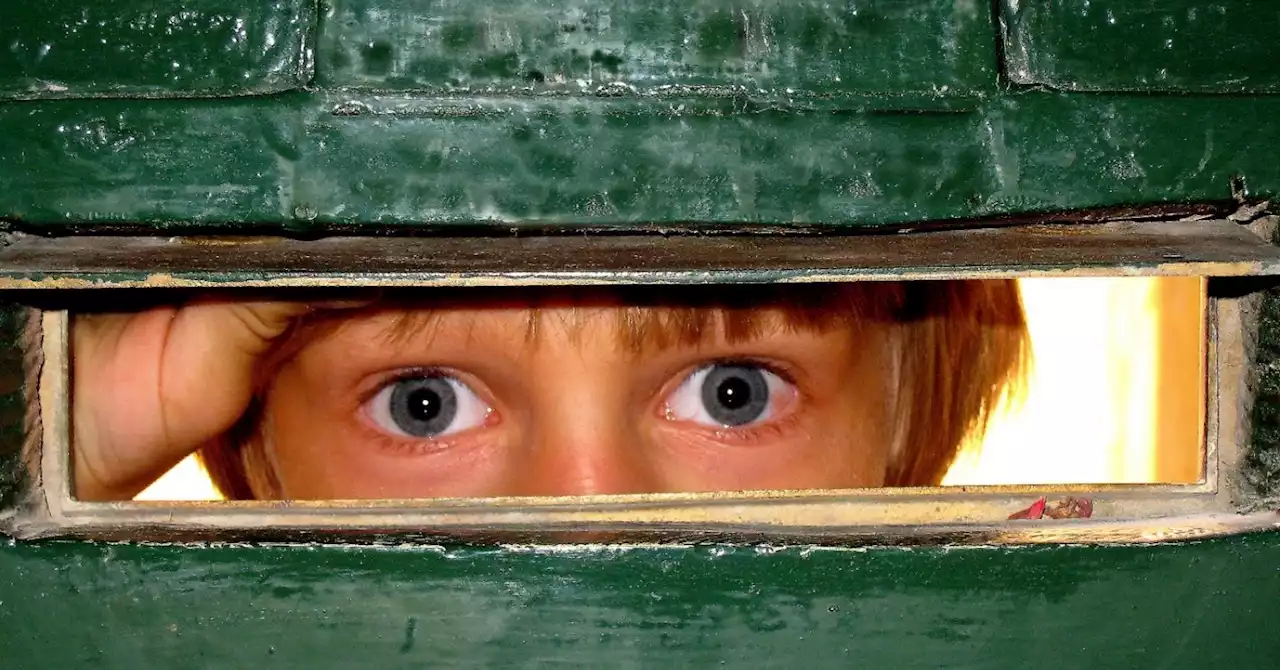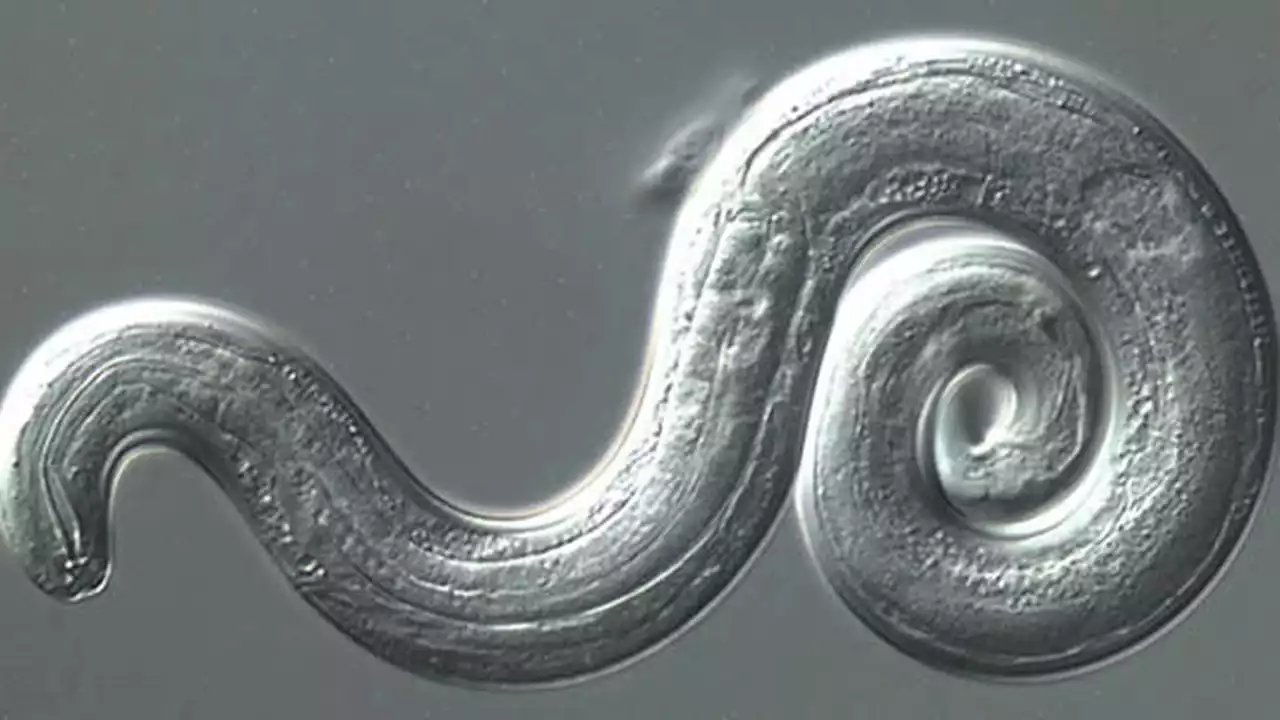The approach could improve the performance of agricultural robots that need to move through dense and plant-filled landscapes.
Ants are known to have remarkable navigational skills despite having relatively simple sensory and neural systems. They can learn and follow routes in visually repetitive surroundings, such as forests or grasslands, using mushroom-like neuron structures, or “mushroom bodies”, in their brains. These structures help them detect visual patterns and store spatiotemporal memories.
Inspired by this biological mechanism, Le Zhu and colleagues designed a bioinspired event camera on ato collect visual sequences along routes in natural outdoor environments. They also applied a neural algorithm for spatiotemporal memory that is closely based on the insect mushroom body circuit. They used neuromorphic computing, which emulates the structure and function of biological neurons, to encode memory in a spiking neural network running on a low-power neuromorphic computer.
The researchers tested their ant-inspired neural model on different routes in various settings, such as grasslands, woodlands, and farmlands. They found that the model could evaluate visual familiarity in real-time from event camera footage and support route recognition for visual navigation. The model was also more robust than another route learning method, called SeqSLAM when evaluated on repeated runs on the same route or routes with small lateral offsets.
The researchers say that their ant-inspired neural model could be useful for applications such as agricultural robotics, where visual navigation through dense vegetation remains a challenging task. They also suggest that their model could be extended to other sensory modalities, such as olfaction or sound, to enhance the robot’s perception of the environment.For many robotics applications, it is desirable to have relatively low-power and efficient onboard solutions.
United States Latest News, United States Headlines
Similar News:You can also read news stories similar to this one that we have collected from other news sources.
 Brain implants may get a broadband boost with new approachResearchers have proposed employing wireless neural implants to execute communication between the human brain and computers.
Brain implants may get a broadband boost with new approachResearchers have proposed employing wireless neural implants to execute communication between the human brain and computers.
Read more »
 Olympic gold medal-winning show jumper accused of faking brain cancer to dodge lawsuitEric Lamaze, 55, “feigned end-stage cancer” to avoid a “day of reckoning” in a 13-year-old lawsuit, a judge found.
Olympic gold medal-winning show jumper accused of faking brain cancer to dodge lawsuitEric Lamaze, 55, “feigned end-stage cancer” to avoid a “day of reckoning” in a 13-year-old lawsuit, a judge found.
Read more »
 Using the Retina as a Biomarker for Brain FunctionRetinal structure may help predict brain disorders.
Using the Retina as a Biomarker for Brain FunctionRetinal structure may help predict brain disorders.
Read more »
 New cases of brain-invading worms found in Southeastern USA new study suggests that rat lungworm, a parasite commonly found in rats, has been found in the Southeast US. Should you be worried?
New cases of brain-invading worms found in Southeastern USA new study suggests that rat lungworm, a parasite commonly found in rats, has been found in the Southeast US. Should you be worried?
Read more »
 Scientists warn that parasitic brain worm is being seen in the Southeast USThe worm has been seen in Florida, Alabama, Louisiana, Texas and Georgia.
Scientists warn that parasitic brain worm is being seen in the Southeast USThe worm has been seen in Florida, Alabama, Louisiana, Texas and Georgia.
Read more »
 Halloween brain teaser: Can you find the panda hidden in this ghostly crowd?Challenge your attention to detail with this Halloween seek-and-find brain teaser, which has a panda hidden in a crowd of ghosts. Social media users say it's moderately difficult.
Halloween brain teaser: Can you find the panda hidden in this ghostly crowd?Challenge your attention to detail with this Halloween seek-and-find brain teaser, which has a panda hidden in a crowd of ghosts. Social media users say it's moderately difficult.
Read more »
